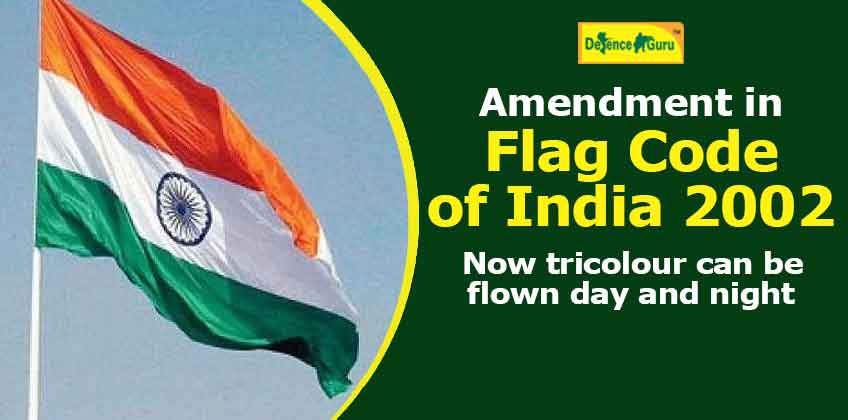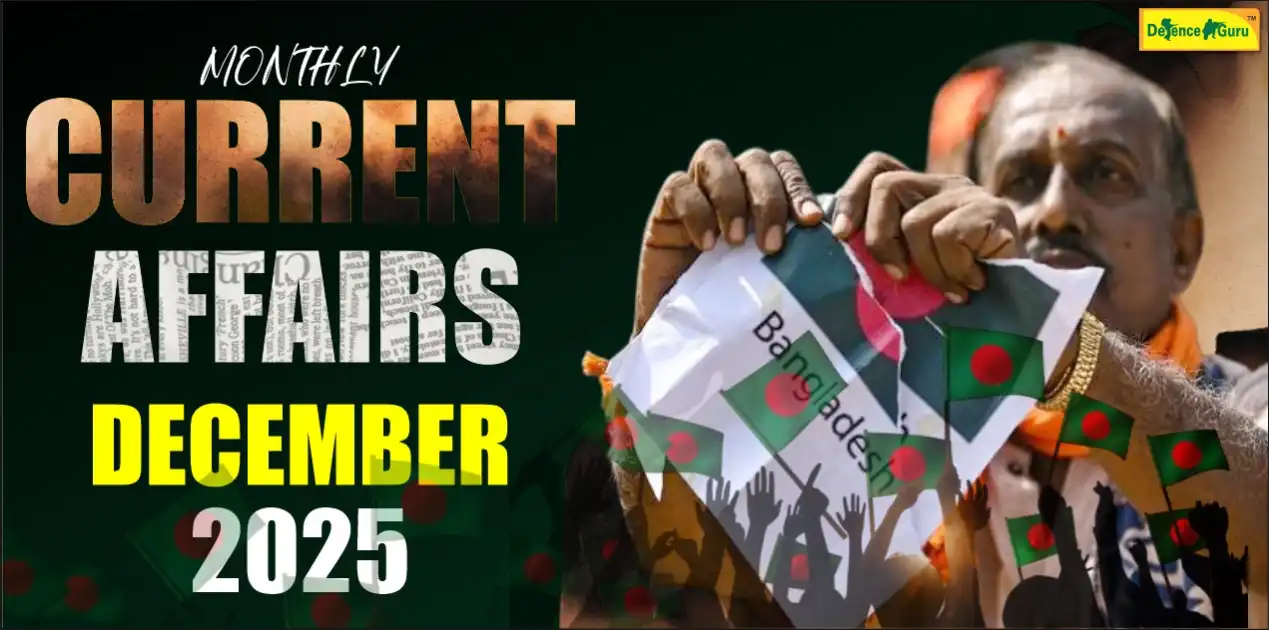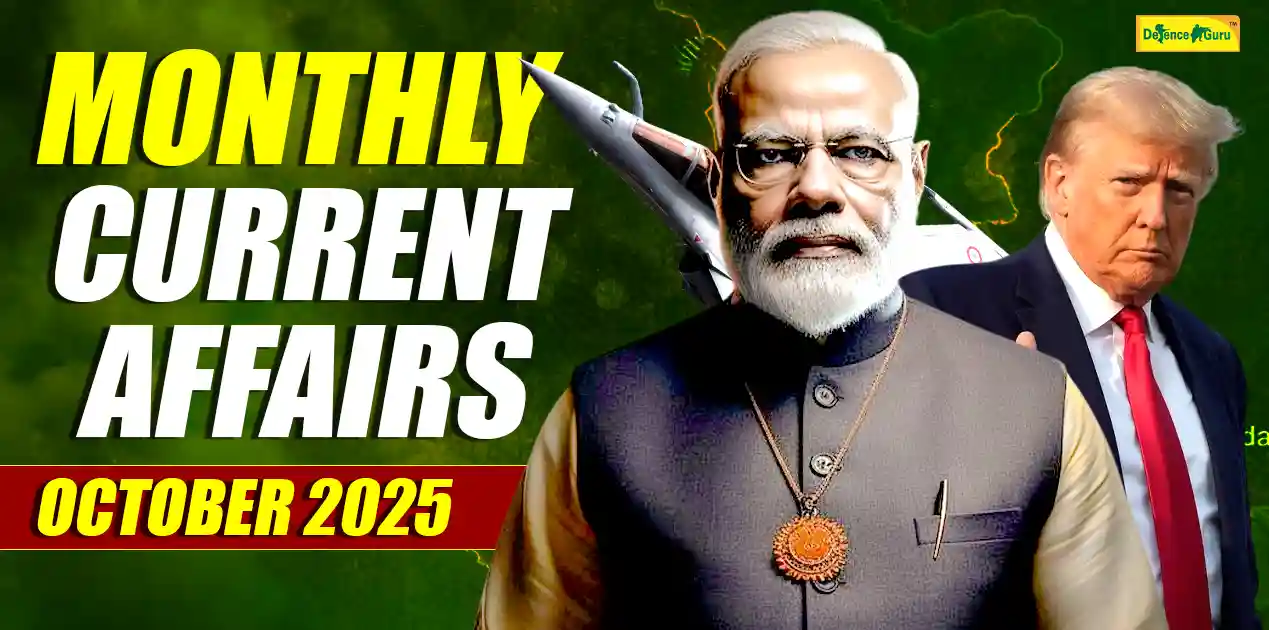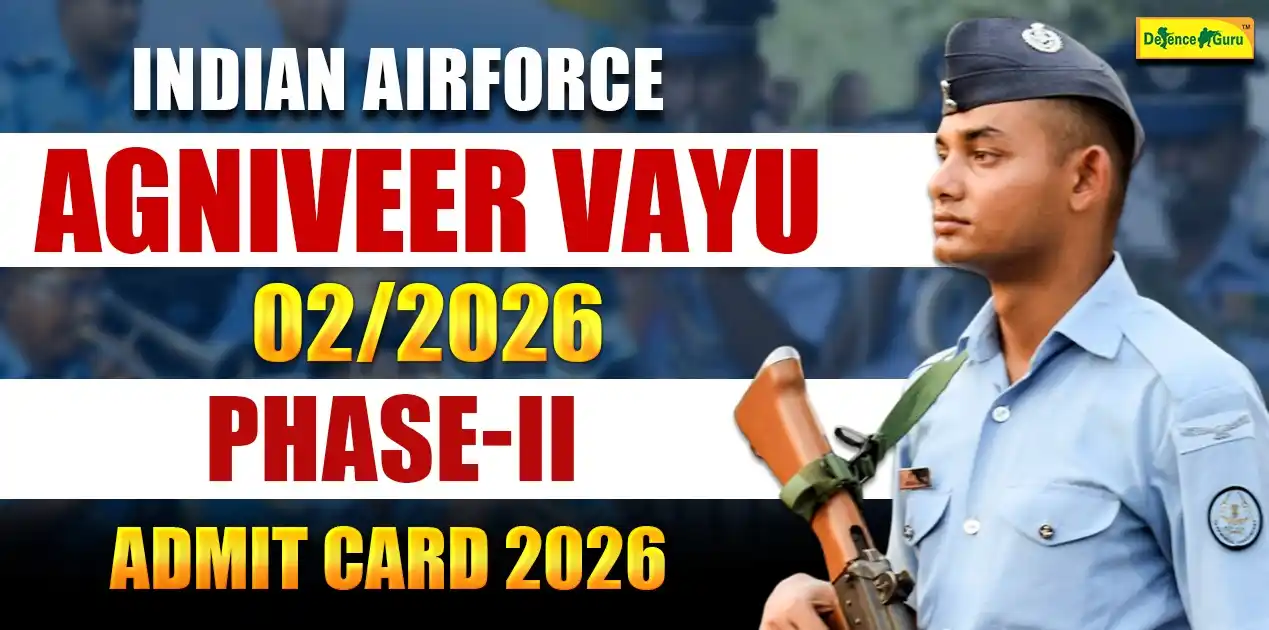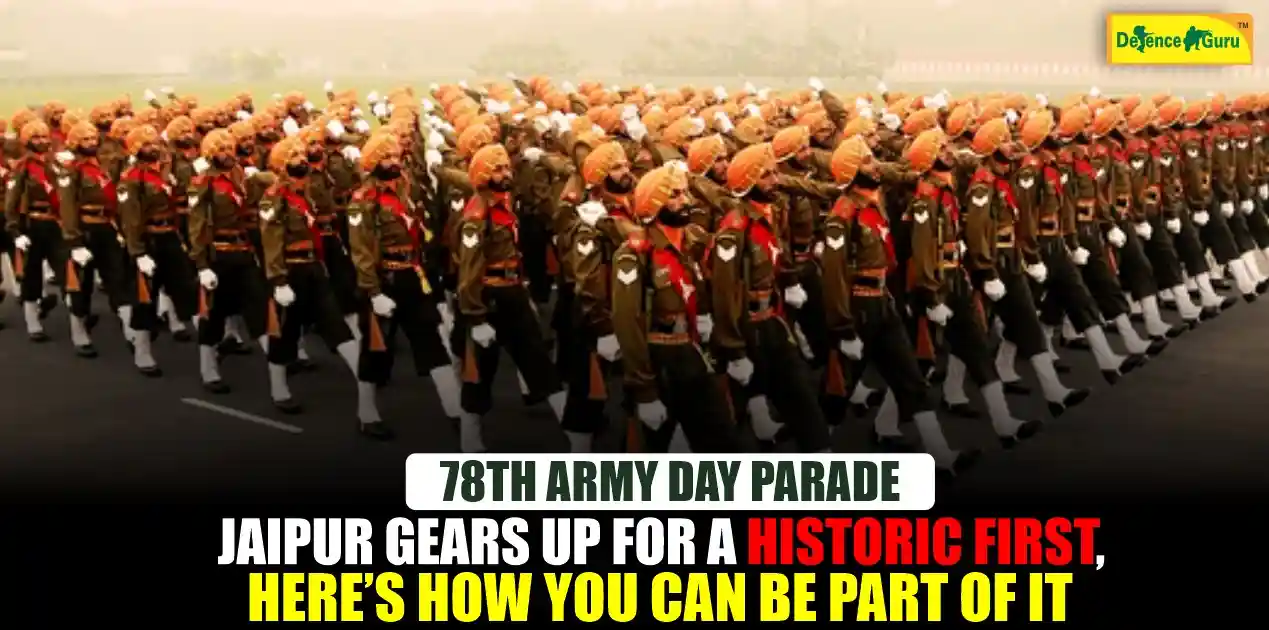Flag Code of India 2022: Govtment amends Flag Code of India 2002, National Flag can now be flown day & night
“When we honor our flag, we honor what we stand for as a Nation -- freedom, equality, justice, and hope.”
On July 20, 2022, the Centre amended the Flag Code of India, allowing the national flag to be flown both in the day and at night if it is displayed in the open or on the house of a member of the public. Earlier, the tricolour could be hoisted only between sunrise and sunset.The national flag can now remain hoisted through the night if it is in the open and hoisted by a member of the public. As the central government launches a “HarGharTiranga” campaign from August 13, the Ministry of Home Affairs amended the Flag Code of India 2002 to allow for the national flag to be flown even at night.
What does the Indian national flag imply?
The Indian national flag is rectangular, with stripes in three colours: saffron, white, and green. It has a 24-spoke navy blue wheel known as the Ashok Chakra at its centre. It was adopted at a meeting of the Constituent Assembly on July 22, 1947.
What Is The Flag Code Of India?
The code of Indian flag came into effect in the year 2002. According to the code, the unrestricted display of the Tricolour flag of India was permitted provided that the dignity of the flag was being respected. However, the application of the Indian flag color code did not bring any changes to the existing rules applicable to the national flag. The code was an effort to combine the laws, practices, and conventions which ruled the protection of the dignity of the national flag.
Historical Background Of India Flag Code:
The first-ever national flag was hoisted in 1906 on August 7 at the Parsee Bagan Square, Lower circular road, Calcutta. It consisted of three horizontal stripes of yellow, red, and green.Subsequently, in 1921, freedom fighters PingaliVenkayya proposed another national flag design to Mahatama Gandhi, which consisted of two red and green bands.Finally, after many changes, the tricolor flag was adopted at the Congress Committee meeting held in Karachi in 1931. The present flag was presented at a meeting in the constituent assembly held in 1947.
What led to the recent amendment?
The Flag Code of India, 2002 was amended vide Order dated December 30, 2021, and National Flag made of polyester or machine made flag have also been allowed. Now, the National Flag shall be made of hand-spun, hand-woven or machine-made cotton/polyester/wool/silk/khadi bunting, as per the amended flag code. The code has been amended through an order on July 20 to allow the flag to be displayed in the open or displayed on the house of a member of public both day and night.
What is the Har Ghar Tiranga Campaign?
‘HarGharTiranga’ is a campaign under the aegis of AzadiKaAmritMahotsav to encourage people to bring the Tiranga home and to hoist it to mark the 75th year of India’s independence.Our relationship with the flag has always been more formal and institutional than personal.Bringing the flag home collectively as a nation in the 75th year of independence thus becomes symbolic of not only an act of personal connection to the Tiranga but also an embodiment of our commitment to nation-building.The idea behind the initiative is to invoke the feeling of patriotism in the hearts of the people and to promote awareness about the Indian National Flag.
After all patriotism consists not in waving the flag, but in striving that our country shall be righteous as well as strong- it is not short, frenzied outbursts of emotion, but the tranquil and steady dedication of a lifetime.

